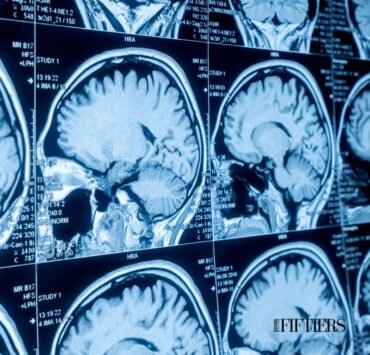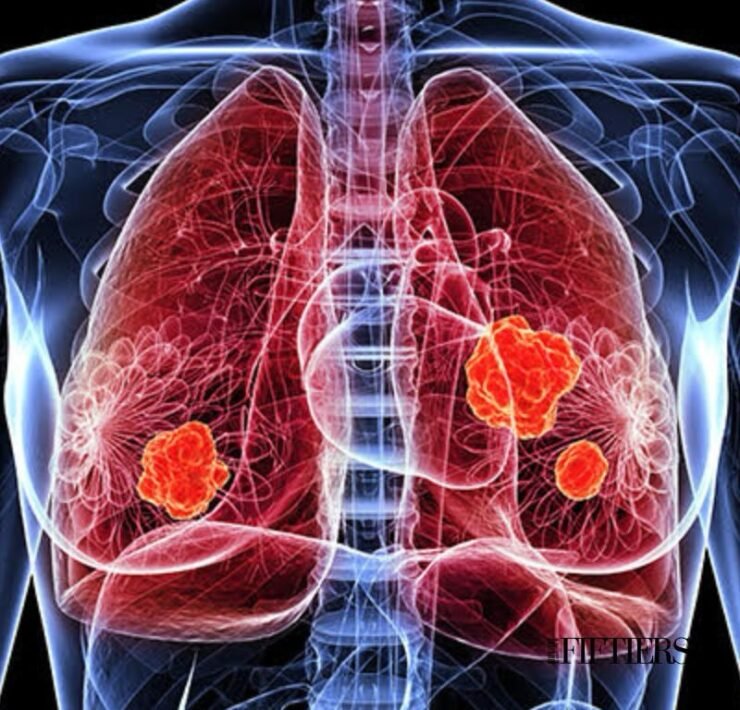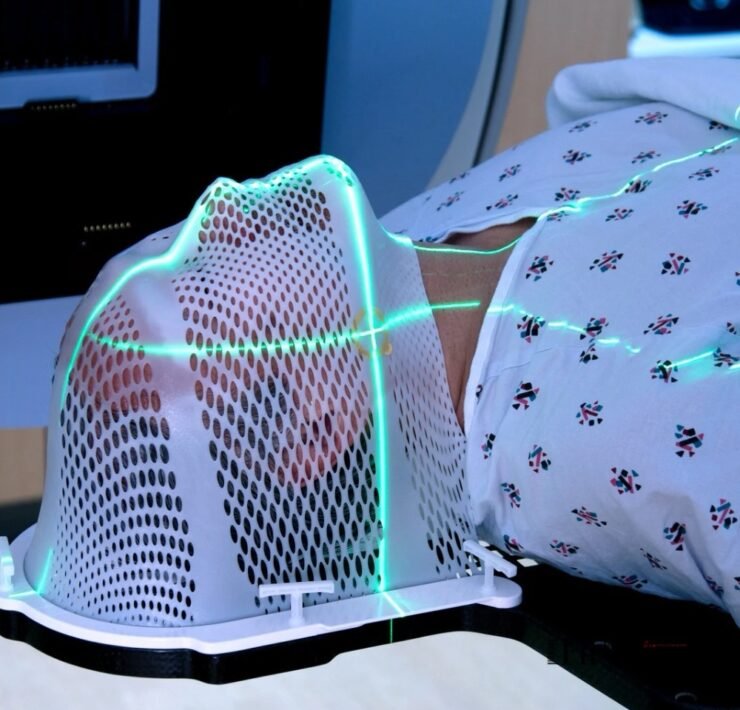Convolutional Neural Networks for Biopsy Analysis

FIFTIERS | Life Begins at 50. La vida comienza a…
Biopsy analysis is a crucial process for the detection and diagnosis of diseases, especially cancer. Traditionally, this process involves microscopic observation of tissue samples by specialized pathologists. However, this approach can be prone to human variability and errors, potentially impacting diagnostic accuracy. In recent years, artificial intelligence (AI) and machine learning (ML) techniques have been developed to help improve accuracy and efficiency in biopsy analysis. One of the most promising tools in this field is convolutional neural networks (CNNs).
Introduction to Convolutional Neural Networks
Convolutional neural networks are a type of artificial neural network commonly used for image analysis. These networks are inspired by the structure and function of the human brain and are designed to learn patterns and features from image data. In the context of biopsy analysis, CNNs can be trained to recognize patterns and abnormalities in tissue images, aiding in more accurate and rapid disease diagnosis.
Applications of Convolutional Neural Networks in Biopsy Analysis
The applications of CNNs in biopsy analysis are diverse and promising. Some key areas of application include:
- Cancer detection: CNNs can be trained to detect patterns and anomalies in tissue images indicative of cancer, helping diagnose cancer at early stages and improving survival rates.
- Tumor classification: CNNs can classify tumors into different categories, aiding in determining the most suitable treatment.
- Skin biopsy analysis: CNNs can analyze skin biopsies to detect patterns and anomalies indicative of diseases such as melanoma.
- Breast biopsy analysis: CNNs can analyze breast biopsies to detect patterns and anomalies indicative of breast cancer.
Benefits of Convolutional Neural Networks in Biopsy Analysis
Using CNNs in biopsy analysis offers several benefits, including:
- Higher accuracy: CNNs can detect patterns and anomalies in tissue images that may go unnoticed by human pathologists.
- Greater efficiency: CNNs can quickly and efficiently analyze large volumes of image data, reducing waiting times for biopsy results.
- Lower costs: Using CNNs can reduce biopsy analysis costs by minimizing the need for specialized personnel and expensive equipment.
- Improved decision-making: CNNs provide physicians with more precise and objective information for informed treatment and patient care decisions.
Challenges and Limitations of Convolutional Neural Networks in Biopsy Analysis
While CNNs offer many benefits for biopsy analysis, they also face certain challenges and limitations, including:
- Data quality: High-quality image data is crucial for effectively training and implementing CNNs. Poor-quality data can negatively impact CNN accuracy and reliability.
- Lack of standards: Clear standards for using CNNs in biopsy analysis have not yet been established, complicating comparisons and evaluations across different studies.
- Interoperability: CNNs may require interoperability with other systems and technologies to function effectively, posing challenges in complex clinical environments.
- Privacy and security: CNNs used in biopsy analysis raise concerns regarding patient data privacy and security, necessitating robust data protection measures.
Future of Convolutional Neural Networks in Biopsy Analysis
The future of CNNs in biopsy analysis is promising, offering numerous opportunities to enhance accuracy, efficiency, and effectiveness in disease diagnosis and treatment. Prominent areas of research and development include:
- Integration of multiple imaging modalities: Integrating multiple imaging modalities, such as magnetic resonance imaging and computed tomography, can enhance CNN accuracy and reliability.
- Use of deep learning techniques: Employing deep learning techniques, such as representation learning and transfer learning, can improve CNN accuracy and efficiency.
- Development of new network architectures: Developing new network architectures, like recurrent neural networks and convolutional recurrent neural networks, may enhance CNN accuracy and efficiency.
- Application to new domains: Expanding CNN applications to new domains, such as bone and muscle tissue biopsy analysis, can broaden the scope and utility of these technologies.
Discover more from FIFTIERS
Subscribe to get the latest posts sent to your email.






















